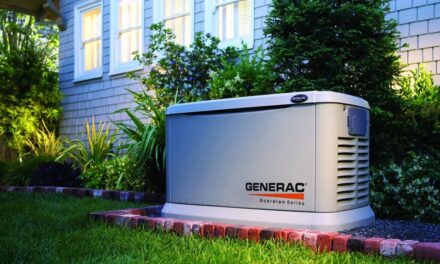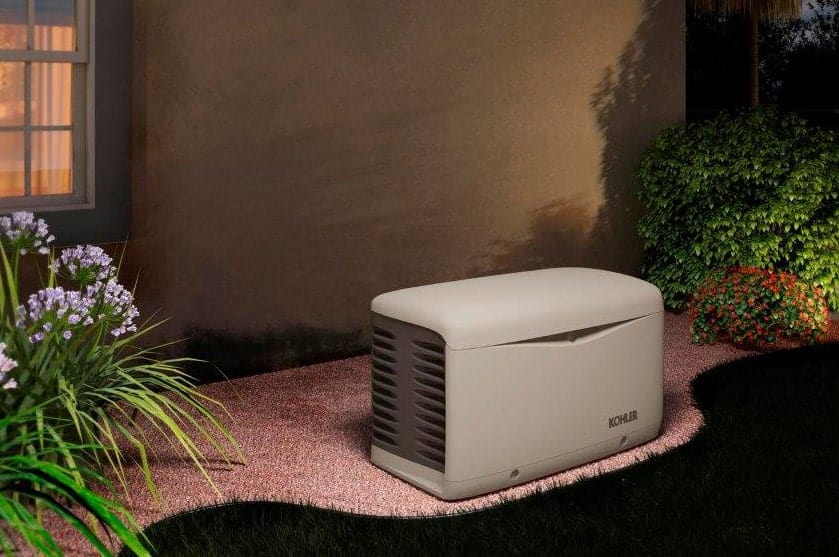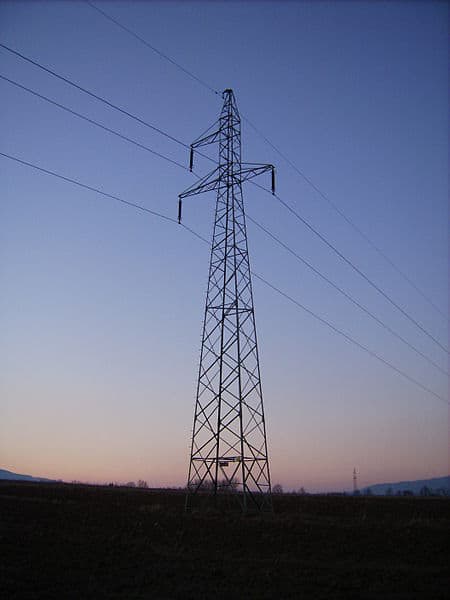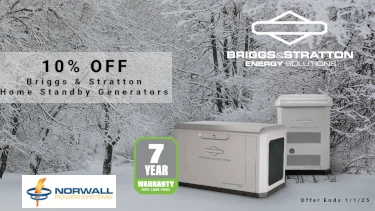Portable generators as you know, are extremely useful for temporary and remote electrical power, however, precautions need to be taken to prevent hazardous situations.
Most incidents associated with portable generators that are reported to CPSC involve carbon monoxide positioning (CO) from generators being used indoors or in partially-enclosed spaces although, there are other safety concerns to be aware of as well.
Carbon Monoxide Safety Tips and Concerns
As of May 14th 2007 it became mandatory for all portable generator manufacturers and importers to paste a danger label on the device, warning of the risks associated from using generators in-doors.
To be sure you and your family are safe, always use a portable generator out-doors, and far away from any windows, doors or vents that could allow the carbon monoxide to enter your home.
Never use a portable generator inside the home, basement, garage, shed, crawl space or any other similar location, even if you have doors and windows open with ventilation. Carbon monoxide is odorless and therefore it can build up in the home without you even being aware of it.
For safety precautions, install a battery-operated CO alarm, or plug-in alarm with battery back-up in your home according to the manufacturer’s instructions. Batteries should be tested each month to make sure they are functioning properly.
Above all, if you have been exposed to CO and feel sick, weak or dizzy then you must get outside and get fresh air right away.
Electrical safety
If you must operate a portable generator outdoors while it is wet outside, be sure to keep it under a canopy-like structure on a dry surface where water does not have access to it. Dry your hands if they are wet before touching the generator to protect yourself from shock or electrocution.
If you’re running your power from a generator to a manual transfer switch, you’ll want to use an extension that’s properly rated.
Never try to power the house wiring by plugging the portable generator into an outlet, this is known as “backfeeding”, is illegal in most places, and can be extremely dangerous to utility workers or neighbors sharing the same utility transformer.
Connect your appliances to the generator using a heavy duty extension cord that is specifically designed for outdoor use. Make sure that the wattage rating for each cord exceeds the total wattage of all of the appliances connected to it. Make sure that the extension cords are long enough so that the generator can be placed far away from the house. Check the cords to make sure that they do not have any cuts or breaks in them, and make sure that the cords do not get pinched when passing through windows or doors.
Fire Hazard Safety
When storing fuel always keep it in a non-glass safety container with a label on it. Do not store the containers near any fuel burning appliances such as a natural gas water heater. Whether you are using gasoline, propane or any other flammable gasses, the liquids should be stored outside of your living area and should never be stored in the home.
Keeping your generator free of debris from bushes and trees can also be considered a way to avoid generator-related hazards. Consider a cover for your unit.
Before refueling your generator make sure to turn it off and let it cool down first. Also, be aware that gasoline spilled on hot engine parts could cause it to ignite.
As with any machine operated equipment or exhaust, there are always dangers but – one’s that can be prevented by following simple safety guidelines. Always be sure to read your user’s manual and requirements on all generators or any electrical equipment or machine.
Updated February 13, 2018












